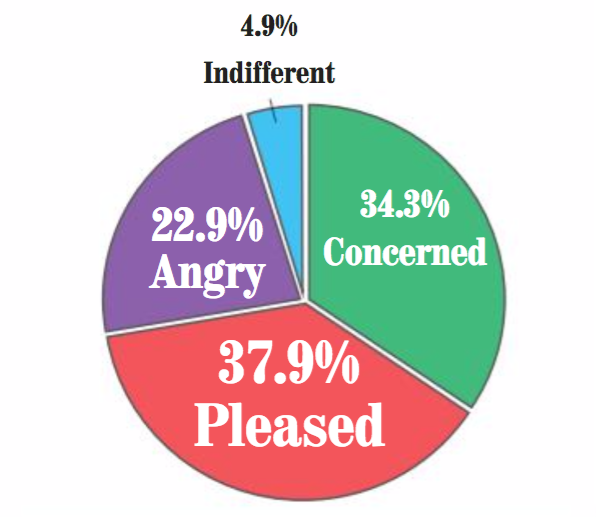Data were collected in the February and March 2017 using an online survey made available to users (N = 8,728) of the digital media platforms of twenty-eight different newsrooms across the United States.In other words, it's a SLOP. A really big SLOP, with some statistical weighting done to correct for different sized news organizations that participated, but a SLOP nonetheless. Participants came from the websites of news orgs, so you can't really generalize it to the population as a whole, just those who happened to visit those news sites and who happened to feel like participating in an online survey.
That said, there's some good information here and it's worth your time. At least some. This graphic is interesting, though I suspect due to the sample, a bit flawed. You can see it and others on the report itself.
So what makes a news source credible? The survey had an open-ended question that allowed up to three words as a response (seen at the end of the report). Here are the top five.
- other news sources
- both sides issue
- both sides story
- check multiple sources
- present both sides
It doesn't take a social scientist to figure out what's going on above. Presenting more than one side of a story is directly tied to perceptions of credibility. Of course this is exactly what talk radio and certain cable television talking heads never do, or if they do it, it's a straw man argument for the other side that's easy for them to knock down. Rarely will you hear a talk radio host provide a fair representation of the other side's position. By the way, the list continues with lots of references to checking multiple sources and similar answers.
Keep in mind these are the responses of people who visit legitimate news sites, not the general public or even the general news consuming public. It's a big, but biased, sample. That said, there's something you can glean from a quick read.





